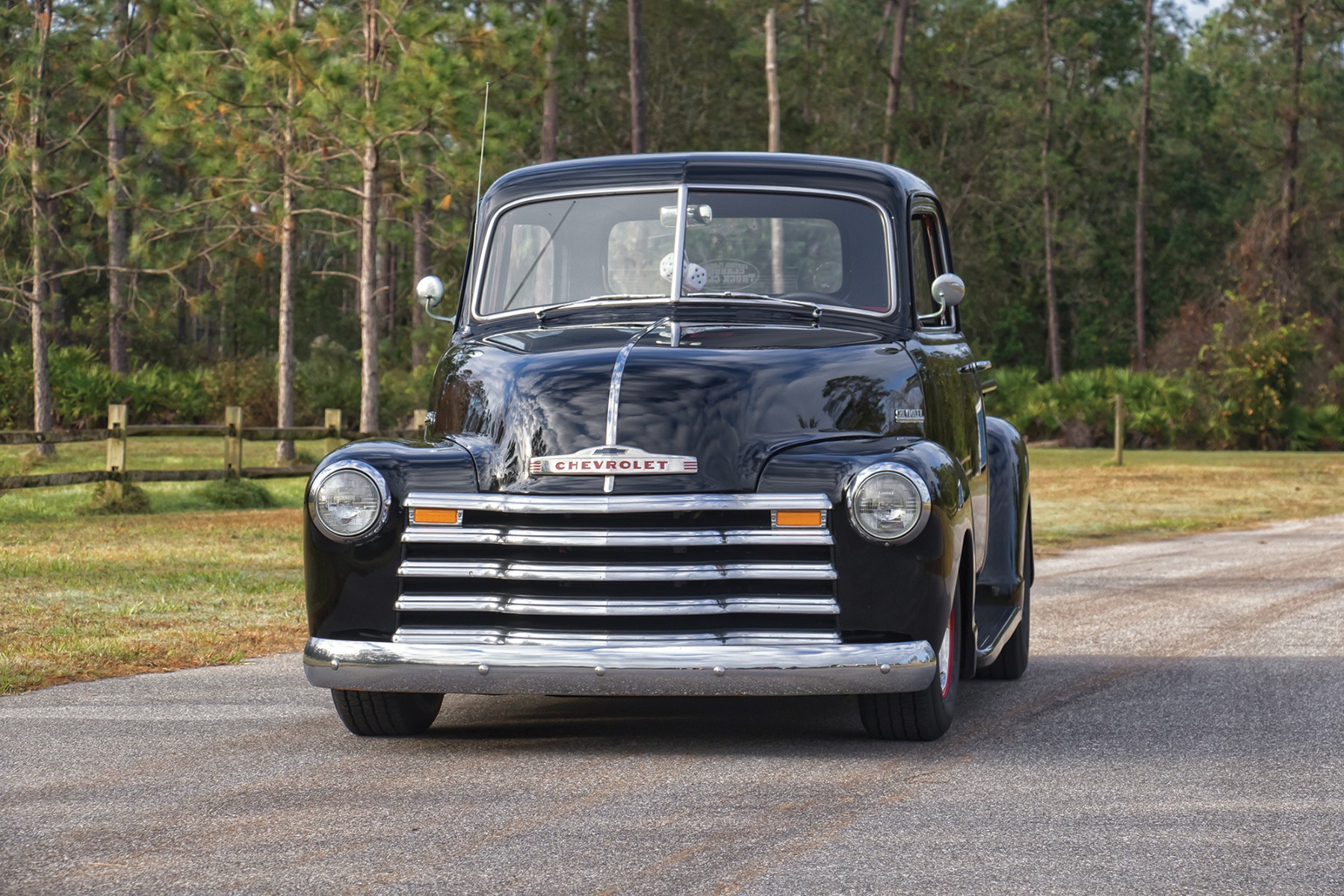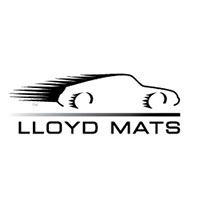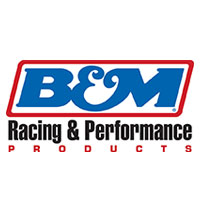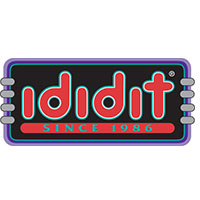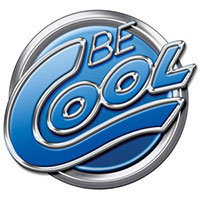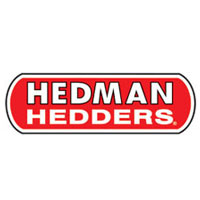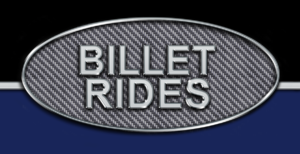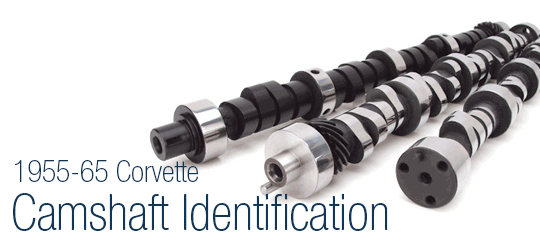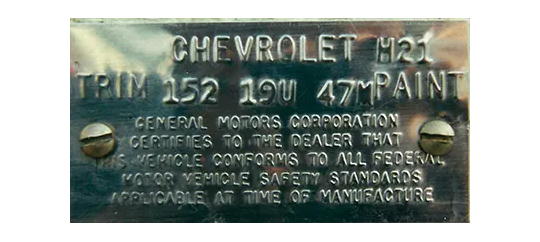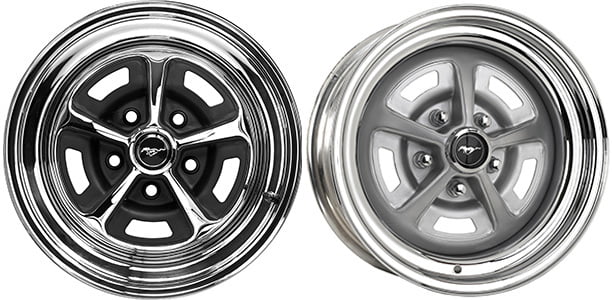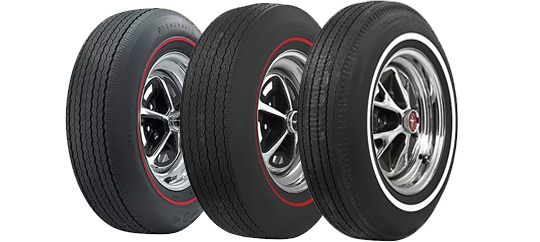The Pursuit Of Happiness: '57 Chevy
- May 14, 2015
“The Pursuit of Happiness”
By Greg Doe • Smyrna, TN
Photography by Jim Knight
My wife Jane, my family and many of my friends were sure I had lost my mind when I bought my ’57 Chevrolet restoration project car. Every one admires these beautiful old cars, but who in their right mind would spend years, three in my case, restoring one just to drive? The answer to that question is, “Many people would.”
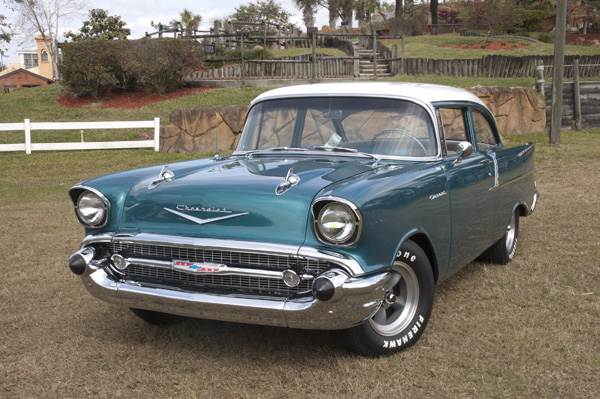
I bought my car in August of 1994 and began disassembly in November. The car was purchased for $3500 and driven home; about 50 miles. This six-cylinder, automatic 150 Utility Sedan was purchased from two Classic Chevy enthusiasts in Manchester, TN; Ed Binkley and Clifton Green. These two gentlemen provided invaluable information on the car along with some parts and a lot of advice.
Another major source of help on this project was the late Tom Trainor. Credit must also be given to the How to Restore Your '57 Chevrolet book and all the authors and information in the Tech Book. Help also came from the local chapter clubs of Chevy Classics (Heart of Tennessee CCC and Mid Tennessee CCC), Volunteer State Chevy Parts and last but not least, CCI. Also, a very special “Thank You” goes to my paint and body man, Tommy Pritchard.
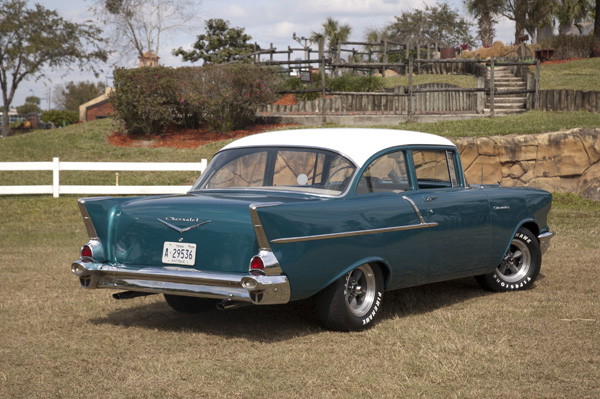
Early on in this project Jane would visit me in the garage to view the progress on the car. After months of seeing less and less car and more and more parts, she was sure it would never get reassembled. Not only that, but before it was all over she also believed I was going to need another kind of help in the form of a psychoanalyst. I patiently explained to her that many hobbies exhibit symptoms that are often associated with mental illness, but not to worry because the car was cheaper than therapy. Now is as good a time as any to admit to my other affliction; my life-long passion for aviation.
I have flown model airplanes for over 50 years and I hold both airplane mechanic and pilot licenses for real aircraft.
Like so many other people who have gone down the project car road, I thought that with a little body work and a cheap paint job I would soon be cruising. That idea abruptly died when I realized the body attachment points on the last crossmember under the trunk were completely rusted away. At that point the car was completely disassembled and either sand blasted or chemically stripped. I built my own restoration rotisserie, which could accommodate either the body or the frame. I welded in seven patch panels and new floor pans. Rust was in most of the normal locations, such as the lower ends of the fenders, the front edge of the rear wheel house openings and the back of the trunk. I was lucky in that this was mostly an unmolested car, so I didn't have to repair a lot of substandard work, only the work of Mother Nature.
Even though this was a frame-off restoration, it was accomplished on a modest budget of about $15,000 not counting the purchase price. I did what I call the blacksmith work and Tommy Pritchard did the serious paint and body work. The interior was done at a local shop; Pine Needle in Dickson, Tennessee.
The car is mostly original. The six-cylinder motor and Powerglide transmission were replaced with a rebuilt 283 and a TH350. A sedan rear seat was installed because the car was built for cruising. The generator was replaced with an alternator. The rear shock attachment was moved from the trunk floor to the new crossmember. The transmission tailshaft is supported with the modern transmission crossmember. Modern front hubs were installed to get away from the ball bearings in the front wheels. The car has original brakes and non-power steering, which I hope to upgrade one day. I also plan to add air conditioning.
Not all of us in this hobby have unlimited resources. I cut a lot of corners and reused a lot of parts. I also learned a few lessons in the process. Don't reuse gas lines or brake lines because they can rust from the inside out. However I did reuse my wiring harness. The wiring harness was removed, cleaned with paint thinner, repaired where necessary and modified to be correct for a V8 car and reinstalled. The best trick I learned for handling the wiring harness was to heat the wire with a heat gun before trying to reshape any of the bends in the wire. The insulation on the 40-year-old wire had gotten very hard and brittle. Heating the insulation allowed it to be reshaped without cracking. Another trick I used to salvage small parts, such as wire harness clips, was to sand blast them and repaint them. The trick I used to repaint them was to tie a thread to them and dip them in the paint. Hold the thread tightly and spin the item around to sling all the excess paint off. I did this inside a large garbage can to keep from splattering paint all over the place. Hang the part to dry. The next day move the string on the part and repeat the dipping process. Most of my small parts had about three coats of self-etching primer and three coats of the appropriate paint. This only generated a small savings, but created a lot of satisfaction by salvaging the original parts.
For curbside appeal, American Racing Torque Thrust D Wheels and Firestone Firehawk Tires convey a conservative look to this rather plain example of Chevrolet styling. The paint is a metallic teal green and white as found on many late model Chevrolet and GMC trucks and SUVs.
In the last 10 years the car has been driven approximately 30,000 miles and entered in over 50 car shows, earning awards in all but three. The proudest moment came at the 2006 CCI Winter National, when the car scored a 967 and First Place in “57 Modified Driven.”
When people ask me why I got into this hobby I respond, “It’s in the Declaration of Independence.” After they puzzle over that for a moment I finish by adding, “The Pursuit of Happiness.”







